BMW 320D GT Review
The BMW 320d GT brings in the practicality and character of the 5 GT to a more affordable package. We test it against the E36, it's dwarfed sibling, at the BIC to see if it can keep up with the legend.
We take the brand new 3 Series Gran Turismo, along with one of its predecessors, to the track to see just how far the apple falls from the tree.
Back in the day, life was quite simple. The BMW range consisted primarily of the 3, 5, and 7 Series – with the 6 and 8 thrown in for good measure.
Now, however, you can choose between a 1, 2, 3, 4, 5, 6 and 7 Series. Then there are the SUV’s – the X1, BMW X3, X4 (which has only recently been announced), the X5 and the X6. There’s also a brand new (and revolutionary) range of electric cars – the i3 and i8. And, lo and behold, there’s now the first ever front-wheel drive BMW – the 2 Series Active Tourer.
Over the years, BMW has also managed to carve out a few more niches from thin air. The GC (Gran Coupe) has expanded its range, and so has the GT (Gran Turismo). The 5 Series GT debuted a few years ago, and it has the most comfortable rear seat this side of a Rolls-Royce Phantom. But it is pricey! So, BMW recently revealed the 3 Series GT – which appears to make quite a lot of sense for India. We drove it in Spain last month and came away quite impressed, both with its usability and drivability. But, how does it perform on the track?

After all, the 3 Series is the ubiquitous sports sedan. It’s very comfortable on the race track, as is the other 3 Series that we had with us at the BIC – a 1992 (E36) 325i. This classic BMW sports straight lines on the outside, and an in-line six mated to a manual gearbox on the inside. It’s very much an analogue machine in a digital world. And it’s dwarfed by the 3 GT. But then so is the current day 3 Series sedan for that matter.
You see, the 3 GT is 200mm longer and 80mm taller than the sedan it’s based on – so much so that it actually offers more space than a 5 Series. And since there are so many 3 and 5 Series sedans roaming our city streets, the 3 GT actually offers far more road presence as well. The design is more cohesive than a 5 Series GT – which is to say it’s a lot easier on the eyes. Personally, though, I prefer the proportions of the sedan. There’s no denying the advantages of the exaggerated fastback design of the GT however. The cabin is extremely spacious – neither legroom nor headroom is at a premium, so comfort is in no short supply. At 42.75 lakhs, then, the premium over the regular 3 Series seems justified. In fact, it even makes the 5 Series appear overpriced. But what about the performance stakes – is that where the sedans can claw back some lost ground?

On the road, the GT drives a lot like the 320d. In fact, the elevated driving position is a plus. Moreover, the increased ride height helps traverse the majority of obstacles on our roads – of which there are plenty. On the track, however, you do begin to feel the extra weight of the GT. It takes 7.9 seconds to 100km/h, so it’s no slouch – but it is half-a-second slower to the tonne than the 320d. And, while exiting the tighter corners of the BIC, it certainly does feel less urgent than the 320d. It actually turns into corners quite well, but you do begin to feel its weight by mid-corner – at which point, the electric steering starts to feel numb and the car begins to push wide. But, by the exit, the GT has regained its composure and the extra footprint of its wider tyres means that it feels surefooted once again. It’s also extremely stable, and a lot less likely to indulge in any oversteering tomfoolery than the 3 Series sedan – largely because the traction control doesn’t disengage fully, even once turned off.
The modern-day 320d GT, on the track, is a completely different animal to the E36 325i. While the older BMW feels light and agile, the GT feels heavy, but planted. You can literally hurl the GT around with complete abandon, and, at best, it’ll ease itself into a mild four-wheel drift. I actually missed the playful nature of the 320d. The biggest difference when compared with the E36, however, was the visibility. Modern safety regulations require thicker pillars all around, which infringe on visibility. In the E36, you feel as though you can be millimetre perfect because you’re closer to the track surface and have an unimpeded view. For sheer speed, however, the E36 simply can’t keep up – not until this particular machine (Project BMW that is, if you recognize it from issues past) gets better brakes and thicker anti-roll bars anyway.
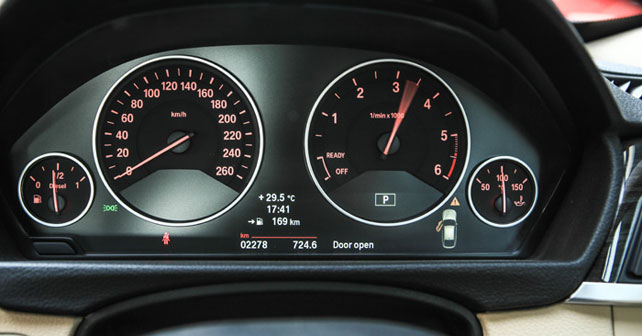
But the target time for the GT to beat was the 2:39.3 set by the 320d a few months ago at the BIC. At first, I thought the GT would struggle to come close – but then it came into its own as I got comfortable with the act of throwing it around with complete abandon. The improved track conditions at this time of the year certainly didn’t hurt either. After all, we’ve seen that track temperatures make a huge difference to the lap times. And the temperature couldn’t have been better than in mid-March when we conducted this test. It meant that the GT was less than a second away from the time set by its sedan cousin, twice removed. It managed a 2:40.2, which is hugely impressive for a car that feels like a 320d on a diet of chocolate cream pies.
To its credit, the GT never felt out of shape around the 5.13 kilometres of the BIC. It had great chassis balance, and never put a foot wrong. The brakes were excellent, and the grip levels were astounding. I would have preferred a little more power (always), more communicative steering (again, seemingly always these days), and a more playful chassis.
I suppose, at the end of the day, it’s important to keep in mind that this isn’t a track car. This is very much a luxury car for the road – just one that you can actually bring to the track if you so choose. It performs virtually on par with the sedan, and brings a lot more to the table. So, this should certainly be the BMW that you ought to look closely at if you’re in the market for a 45-lakh machine. I would still have the 328i though – and I’d keep the change to foot the bill for premium petrol at the pump!
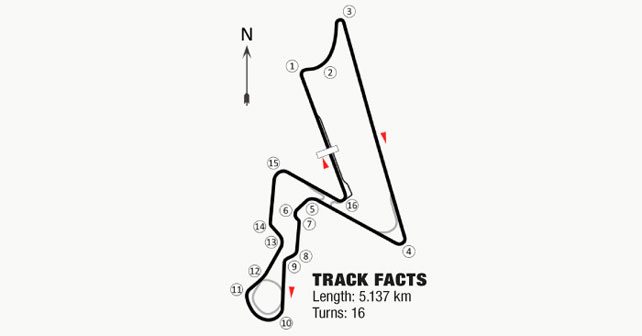
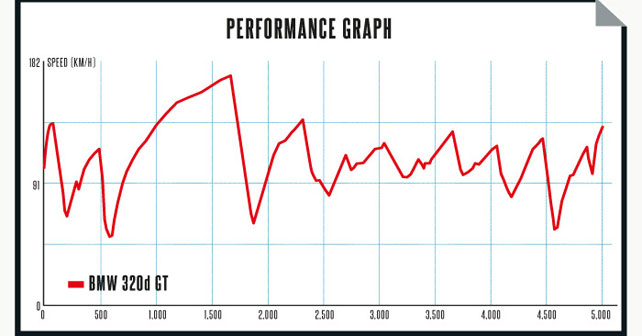
Engine: 1,995 cc / 4 cylinders / Twin-power turbo
Fuel: Diesel
Transmission: 8-speed Automatic / Rear-wheel Drive
Power: 184bhp @ 4000 rpm
Torque: 380nm @ 1750-2750 rpm
Price: Rs. 42.75 Lakhs (ex-showroom)
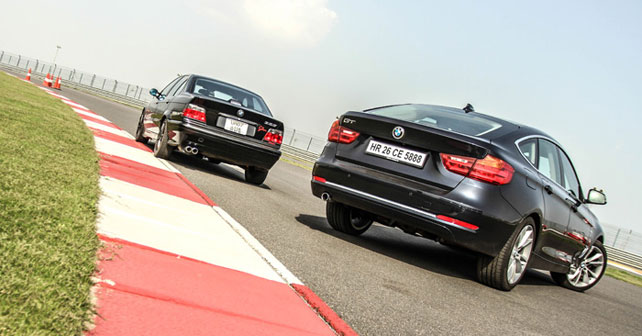
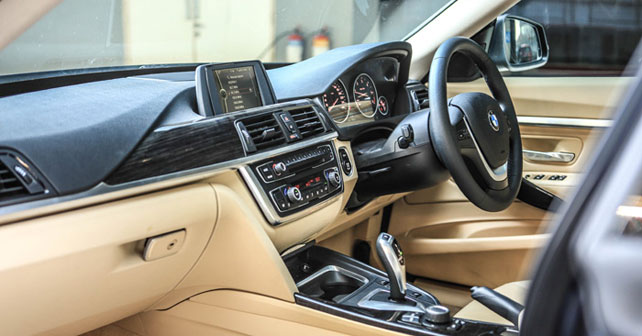
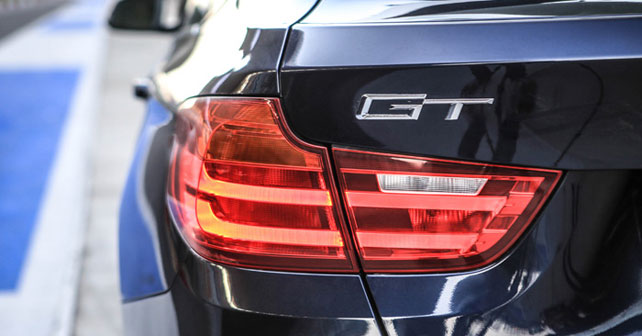

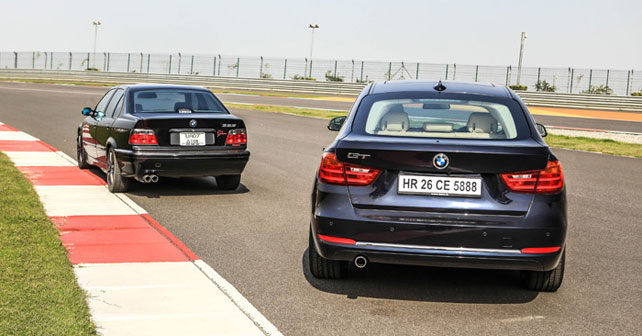
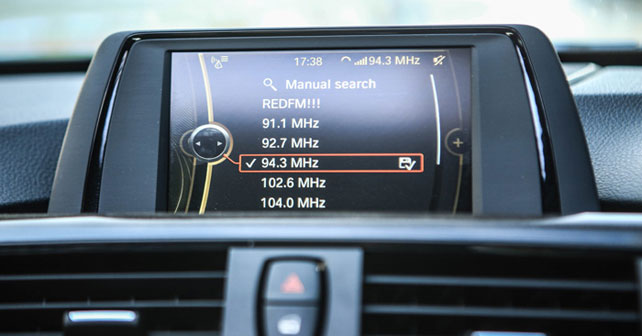
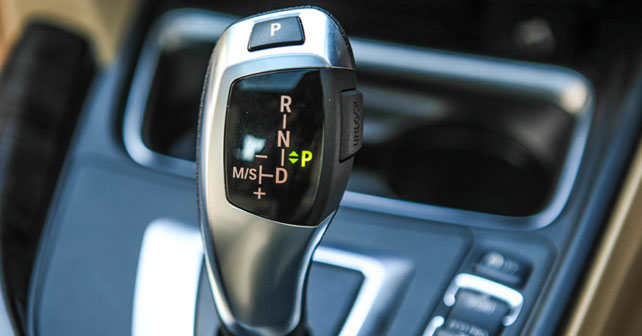
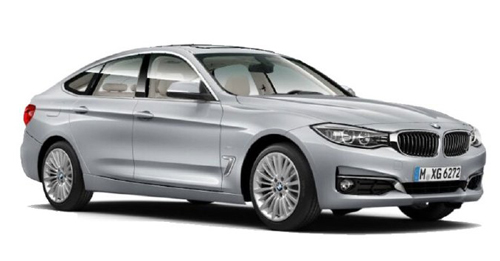

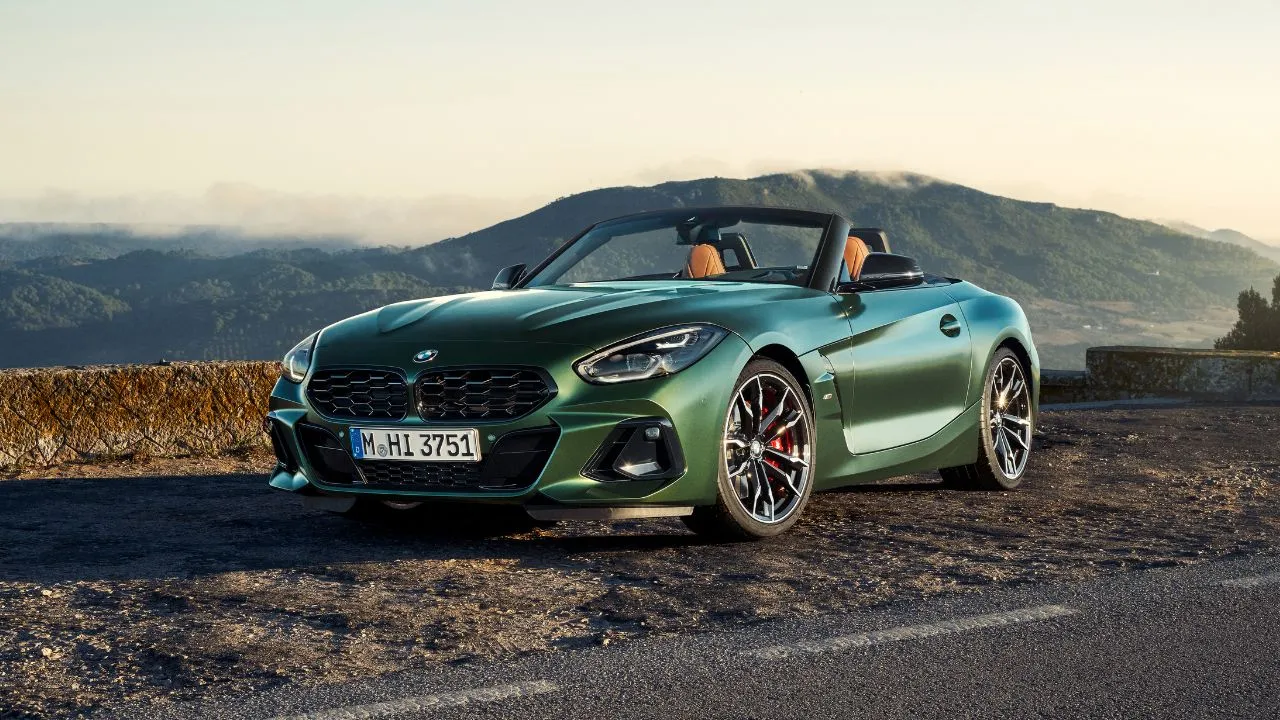



.webp)
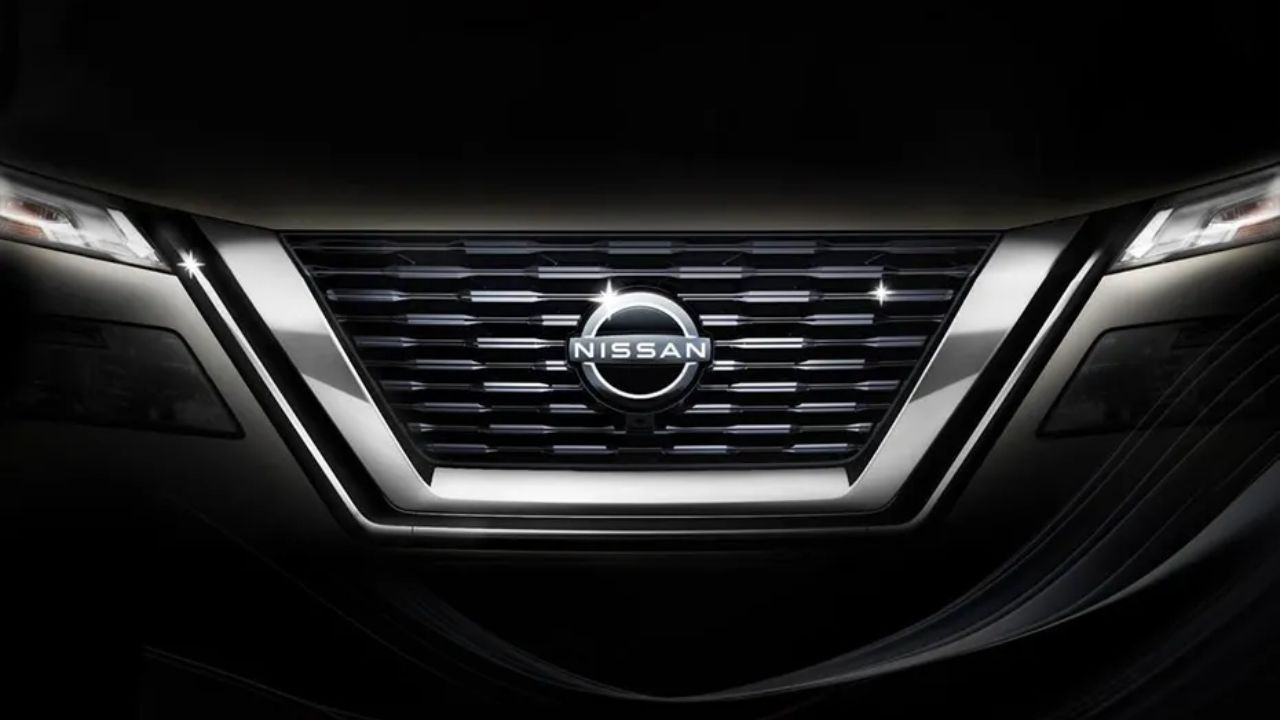
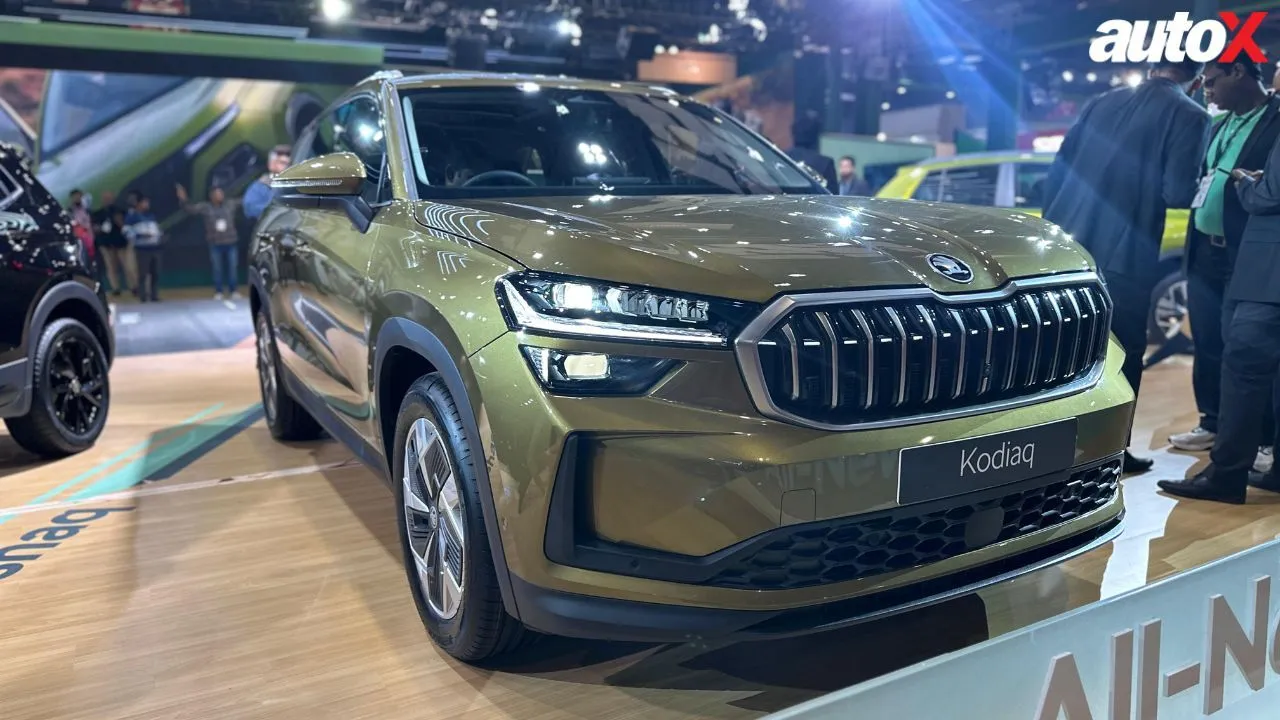


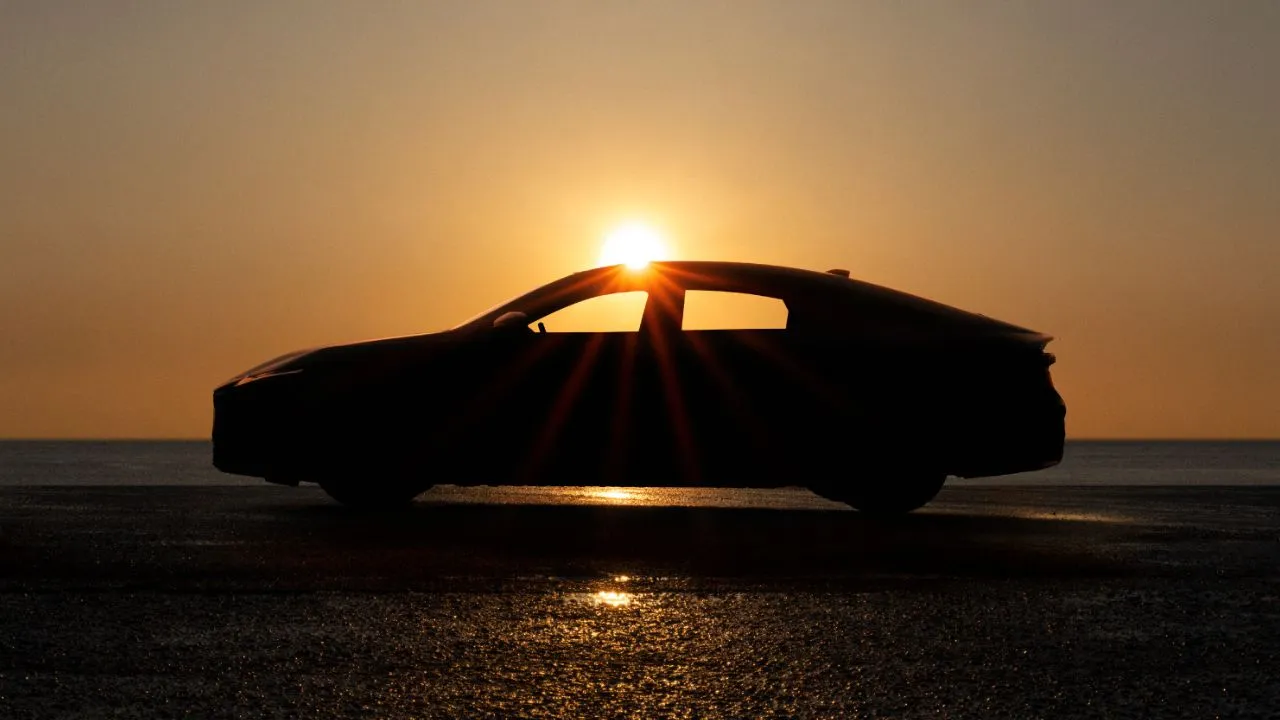



















Write your Comment on